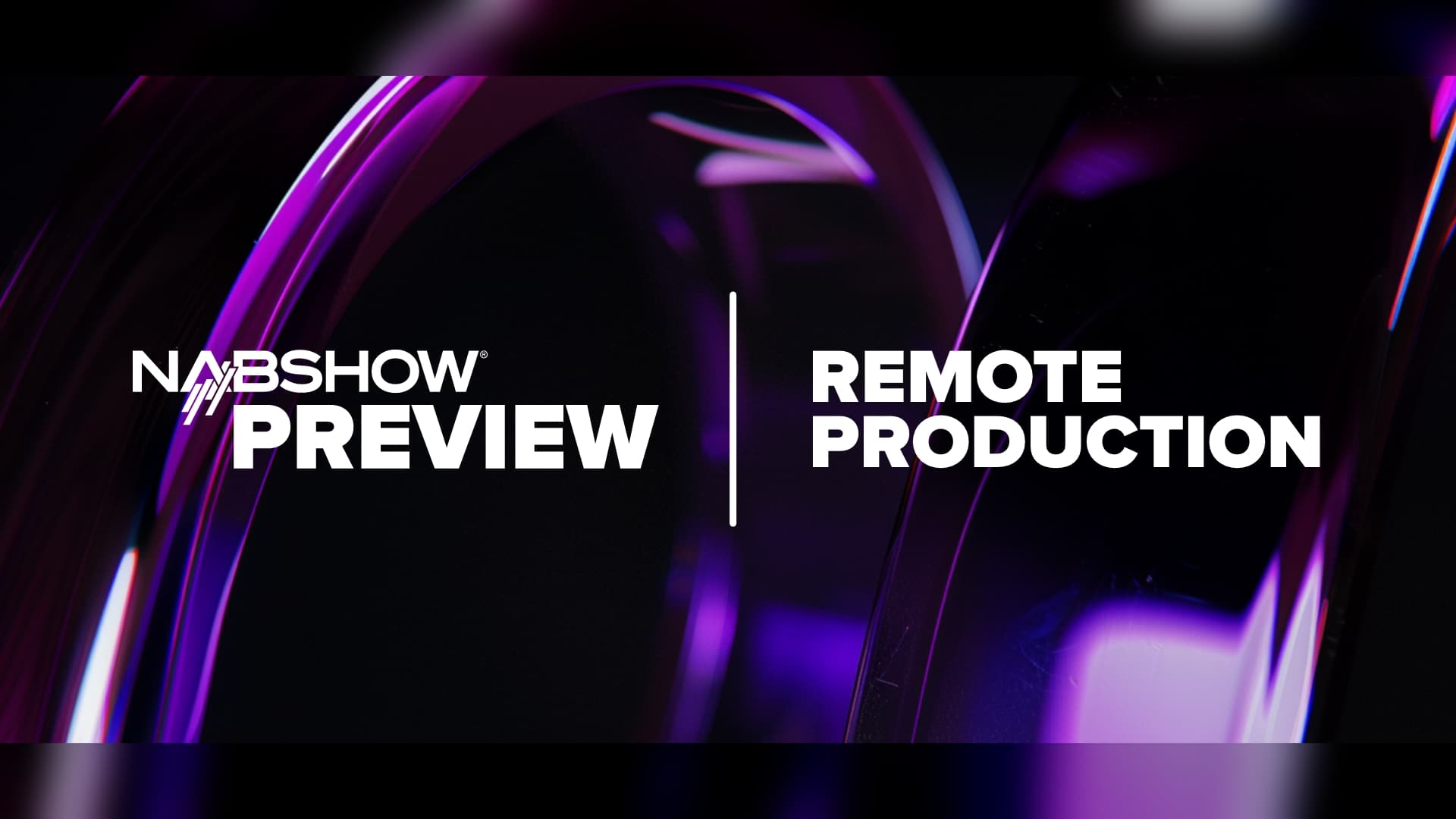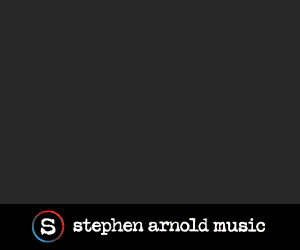NAB Show Preview: Remote production increasing with rise in streamers, content demand

Subscribe to NewscastStudio for the latest news, project case studies and product announcements in broadcast technology, creative design and engineering delivered to your inbox.
As the media industry evolves, remote production remains a key theme of the NAB Show as broadcasters look for new, more efficient ways to operate.
Broadcasters increasingly turn to remote production solutions to deliver high-quality content while minimizing costs and environmental impact.
As remote production (REMI) continues to gain traction, NAB Show attendees can expect to see a wide range of innovative solutions designed to make the process easier, more cost-efficient and environmentally friendly.
“I believe we will see a huge swathe of innovation during NAB aimed at making remote production easier, more cost efficient and perhaps even greener than it is now,” said Kieran Kunhya of Open Broadcast Systems. “Encoders and decoders which are suited for remote production will be key to this transition.”
Embracing virtual production for global events
With major events like the Paris Summer Olympics on the horizon, broadcasters prioritize logistics and cost-effectiveness while striving for comprehensive coverage.
“Sending fewer people to Paris while still producing top-of-the-line broadcasts will likely mean relying on the versatility of a virtual production,” said Nicholas Jameson, senior customer success manager at Vizrt. “With today’s technology, there is no loss in production value. Narrators and commentators can react to what cameras capture in real-time from a home studio.”
Virtual production allows broadcasters to accommodate unpredictable schedules, streamline workflows and transport audiences to the center of the action with high-quality graphics and interactive elements. This approach not only reduces costs but also aligns with the industry’s growing focus on sustainability.
Remote production technology is not only benefiting major events but also leveling the playing field for college sports teams and niche sports leagues.
“Cloud-based production tools have revolutionized content creation for sports organizations of all sizes and types,” said Thomas Buffolano of The Switch. “Whether it’s live game coverage, shoulder content, or highlight reels, these tools enable cost-effective production without sacrificing quality. Scalability and agility are critical advantages of cloud playout technology – enabling the delivery of a local game or a more broadly distributed championship, regardless of the size of the event.”
“The upshot is smaller sports organizations benefit from reduced infrastructure costs, enabling them to produce and deliver near-broadcast-level content and viewer experiences – which in turn will help them build audience numbers,” said Buffolano.
Leveraging the cloud for neater workflows and revenue generation
The cloud plays a crucial role in shaping cleaner workflows and producing high-quality content for remote production.
“There is a preconception among M&E companies that the cloud can be viewed simply as a convenient storage hub, but its potential goes far beyond that, playing a key part in actively generating revenue and driving business operations,” said Sam Peterson, COO of BitCentral. “Although it may seem challenging, the right tech stack will provide the launchpad for exciting opportunities and organizations are keen to better understand how they can integrate this within their current strategies.”
Agility and flexibility in a changing industry landscape
As the media industry evolves rapidly, businesses need to be agile and flexible to thrive.
“Media businesses today need to be genuinely agile to thrive and succeed, particularly given the fact that there isn’t a lot of stability in the industry at the moment,” said Martin Riley, operations director at 7fivefive. “This requirement for agility is driving the transition to the cloud and shaping the entire industry mindset.”
Remote production workflows require flexibility to accommodate various compression requirements, often with short set-up times.
“As content production is increasingly carried out remotely, production companies must be prepared for all scenarios,” said Matthew Williams-Neale, VP marketing at Appear. “At NAB Show, discussions will focus on how production companies using remote production workflows need to have the flexibility to accommodate any compression requirements – often with only a short window of time to get set up and connected.”
“We have also closely observed the ongoing urgency for climate action across the media industry. Companies within the sector are actively evaluating their environmental footprint, scrutinizing supply chains, and seeking ways to minimize carbon emissions. This involves adopting less energy-intensive live contribution solutions and aligning with global sustainability objectives. One particular approach media companies are adopting to realize this is remote production, which can reduce costs while maintaining environmental responsibility,” said Williams-Neale.
As the industry continues to embrace remote production, the NAB Show serves as a platform for showcasing the latest innovations and discussing the challenges and opportunities that lie ahead. With a focus on cost-effectiveness, sustainability and agility, remote production is set to reshape the way content is created and delivered in the years to come.
Subscribe to NewscastStudio for the latest news, project case studies and product announcements in broadcast technology, creative design and engineering delivered to your inbox.




tags
7fivefive, Appear, Bitcentral, Kieran Kunhya, Martin Riley, Matthew Williams-Neale, NAB Show 2024, NAB Show News, Nicholas Jameson, Open Broadcast Systems, REMI, Remote Production, Sam Peterson, Simon Clarke, Telestream, The Switch, Thomas Buffolano, Vizrt
categories
Featured, NAB Show, Remote Production